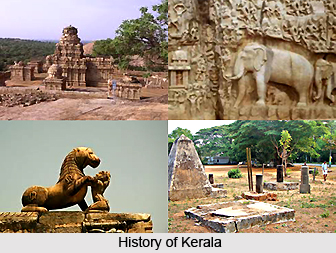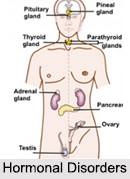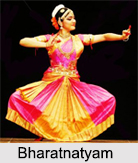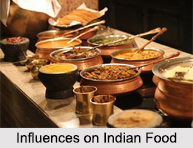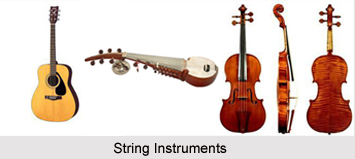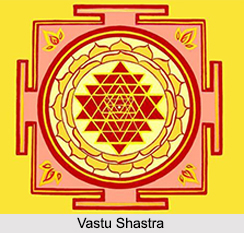 Vastu Shastra or Shilpa Shastra finds numerous references, implicit and explicit in the ancient texts, like, the Vedas, Brahmanas, Upanishads and Indian Puranas. Vastu Shastra is derived from the verb 'was' meaning 'to dwell', or place of residence. Vastospatu the lord of a house is a deity in the Rig Veda. It also applies to conveyances, furniture and all constructed structures. The principal Vastu, however, is the ground on which others rest.
Vastu Shastra or Shilpa Shastra finds numerous references, implicit and explicit in the ancient texts, like, the Vedas, Brahmanas, Upanishads and Indian Puranas. Vastu Shastra is derived from the verb 'was' meaning 'to dwell', or place of residence. Vastospatu the lord of a house is a deity in the Rig Veda. It also applies to conveyances, furniture and all constructed structures. The principal Vastu, however, is the ground on which others rest.The sacred writings are arranged in four groups: (1) the Vedas; (2) the Upavedas or Supplementary Vedas; (3) the Vedarigas or Limbs of the Vedas; and (4) the Upangas or Supplementary Arigas. The four Upavedas are: (1) Ayurveda, or the science of life and medicine, derived from the Rig Veda; (2) Gandharva Veda, or the science of music, derived from the Sama Veda; (3) Dhanur Veda, or military science, derived from the Yajur Veda; and (4) Shilpa or Sthapatya Veda, or the mechanical arts and architecture, derived from the Atharva Veda.
The text-book of Vastu Shastra are records of oral traditions which go back into an undefined past. The Brihat Samhita, for instance, compiled by Varahamihira in the middle of the sixth century A.D., is based on the authority of Master Architects Maya, Visvakarma, Gargya and Manu. It is the earliest datable source on Vastu Shastra.
The Visvakarmanvaya-pradipika explains that creation is another name for Shilpa, and the origin of Shilpa or 'form' is Brahma, Tvastra and Prajapati put together, called Visvakarma. Visvakarma is Prajapati as the universal constructive principle. He is called Visvakarma because he created the activity of everything. The five heads of Visvakarma are Sadyojata, Vamadeva, Aghora, Tatpurusa an Isana, representing East (Rig Veda), South (Yajur Veda), West (Sama Veda), North (Atharva Veda) and North-East (Pranava Veda), respectively. The fifth direction North-East arose from the middle of these four heads. While destroying he is called Rudra, while protecting Lord Vishnu and while creating he is known as Lord Brahma.
